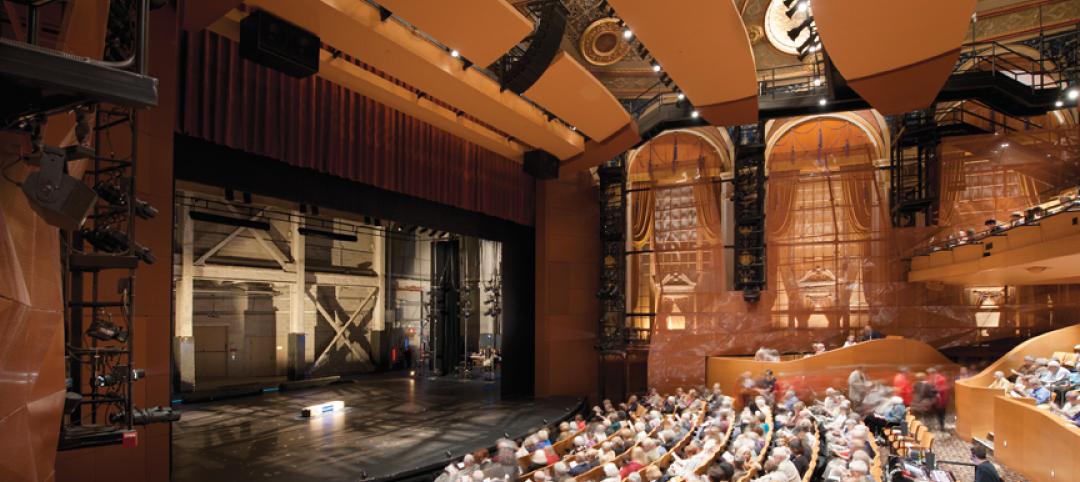Design-assist is not without potential drawbacks. Here are some common concerns—and how your Building Team can reassure clients that DA is worth considering.
OWNER CONCERN: Lack of familiarity with design-assist. DA is a relatively new delivery model. Architects and CMs may have a tendency to revert back to traditional roles.
PLAN OF ACTION: Although the DA process produces a more efficient, collaborative design process, care must be taken to ensure that the collaborative process continues throughout construction. During construction, there are inevitable owner concerns. That’s why it’s important to have established a process to address these changes. The collaborative process can be used to resolve challenges in a quick, cost-effective manner.
OWNER CONCERN: Subcontract administration. The subcontractor might not perform as expected or fall out of line with the budget.
PLAN OF ACTION: It is important to administer a preconstruction contract with the DA subcontractor, which allows the owner to terminate the agreement at any time prior to construction. This acts as a safeguard when a subcontractor’s pricing is not in line with the budget, and there is no reasonable way to get to the budget; in such a case, the owner would have reasonable cause to terminate the subcontractor’s contract. In this situation the trade package would need to be bid, which could push back the schedule depending on the selection process.
OWNER CONCERN: Obtaining competitive pricing. Some owners believe early involvement with subcontractors and the construction manager in the project precludes them from receiving competitive bids.
PLAN OF ACTION: Because the construction team is hired early in the design phase, the Building Team can obtain benchmark prices during the programming phase, making competitive pricing feasible. The Building Team can also obtain nonbinding preliminary price proposals during the DA selection process based on initial plans, such as schematic drawings; binding final prices can be submitted upon completion of the plans.
OWNER CONCERN: Added costs of the DA process. Design-assist may add time and cost to the design phase of the project due to additional collaboration with subcontractors and added time to procure services.
PLAN OF ACTION: The reductions achieved in construction cost and schedule should offset additional costs during the design phases, making design-assist advantageous overall.
OWNER CONCERN: Design liability. Greater collaboration among the architect, engineer, subcontractors, and construction manager might raise questions about who has responsibilities and design liability throughout the process.
PLAN OF ACTION: The project team should clearly set obligations and liabilities of the team members with respect to plans, specifications, and the building information model (if applicable) to overcome this concern. You should also develop a design-assist execution plan to identify roles, responsibilities, and deliverables for all team members.
Related Stories
| Oct 5, 2012
2012 Reconstruction Award Silver Winner: Residences at the John Marshall, Richmond, Va.
In April 2010, the Building Team of Rule Joy Trammell + Rubio, Stanley D. Lindsey & Associates, Leppard Johnson & Associates, and Choate Interior Construction restored the 16-story, 310,537-sf building into the Residences at the John Marshall, a new mixed-use facility offering apartments, street-level retail, a catering kitchen, and two restored ballrooms.
| Oct 4, 2012
2012 Reconstruction Awards Silver Winner: Allen Theatre at PlayhouseSquare, Cleveland, Ohio
The $30 million project resulted in three new theatres in the existing 81,500-sf space and a 44,000-sf contiguous addition: the Allen Theatre, the Second Stage, and the Helen Rosenfeld Lewis Bialosky Lab Theatre.
| Oct 4, 2012
2012 Reconstruction Awards Gold Winner: Wake Forest Biotech Place, Winston-Salem, N.C.
Reconstruction centered on Building 91.1, a historic (1937) five-story former machine shop, with its distinctive façade of glass blocks, many of which were damaged. The Building Team repointed, relocated, or replaced 65,869 glass blocks.
| Oct 4, 2012
2012 Reconstruction Award Platinum Winner: Building 1500, Naval Air Station Pensacola Pensacola, Fla.
The Building Team, led by local firms Caldwell Associates Architects and Greenhut Construction, had to tackle several difficult problems to make the historic building meet current Defense Department standards having to do with anti-terrorism, force protection, blast-proofing, and progressive collapse.
| Oct 4, 2012
2012 Reconstruction Awards Platinum Winner: City Hall, New York, N.Y.
New York's City Hall last received a major renovation nearly a century ago. Four years ago, a Building Team led by construction manager Hill International took on the monumental task of restoring City Hall for another couple of hundred years of active service.
| Oct 4, 2012
BD+C's 29th Annual Reconstruction Awards
Presenting 11 projects that represent the best efforts of distinguished Building Teams in historic preservation, adaptive reuse, and renovation and addition projects.
| Oct 4, 2012
Integrated security systems—replacing legacy systems
To a large degree, building security is driven by the integration of a variety of electronic security systems. The market and engineering of these systems exploded in the post-9/11 era and has shown few signs of tapering off.
| Oct 4, 2012
Gilbane publishes Fall 2012 construction industry economic report
Report outlines fluctuation in construction spending; predicts continued movement toward recovery.
| Oct 3, 2012
Fifth public comment period now open for update to USGBC's LEED Green Building Program
LEED v4 drafts and the public comment tool are now available on the newly re-launched, re-envisioned USGBC.org website.
| Oct 2, 2012
Dow Business Services Center building named 2012 “America’s Best Buildings of the Year” winner
Building constructed with air sealing and insulation products from Dow Building Solutions.
















